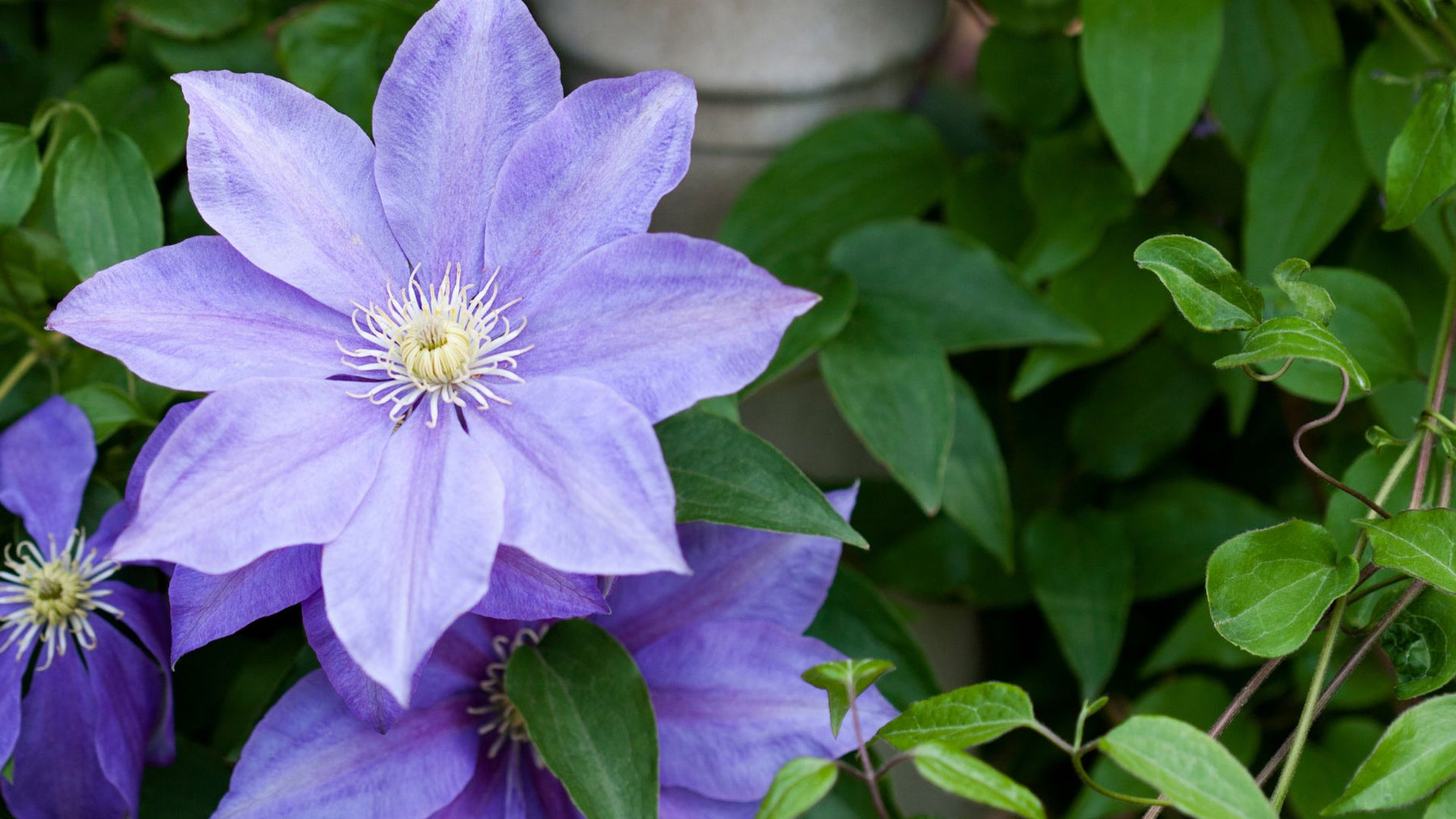
Blooms That Thrive: Mastering the Art of Growing Clematis in Your Garden
I’ve always loved a Clematis – they remind me of my Grandad I think, he was always so proud of his Clematis when I was a little girl. Not only do they hold wonderful memories for me but they are, unarguably, a fantastic addition to the garden and there is a Clematis to suit everyone’s taste, space and requirements. The toughest thing is to narrow down exactly what you want!
Evergreen, deciduous, large showy blooms, masses of delicate little blooms, flowers for summer, flowers for winter, take your pick! Perfect for beds and borders, to disguise a fence or shed, or varieties for planters on the patio.
DEAL OF THE MONTH - UPTO 41% OFF
We have carefully selected and designed 6 Stunning Clematis Combinations so you can choose the perfect match for your gardening needs.
Each Collection Supplied As 2 x 3 Litre Pot Grown Plants. CLICK HERE TO VIEW FULL COLLECTION AND BUY NOW
Fuss free, these beauties will reward you with many years of pleasure and there are only a few simple rules to follow:
- Take a little care when planting out your Clematis – they like their roots to be kept cool so dig a nice, deep hole to begin. You might chose a spot that will offer some root shade from other plants nearby or alternatively you can lay a few slates or pebbles over the soil after planting to keep those roots cool and avoid the dreaded Clematis Wilt.
- Water your Clematis well at the time of planting and whilst they become established.
- If you have selected a climbing Clematis ensure that you have given them support or structure to grow up against. A wall or fence will do the trick, as will an outbuilding or shed. Alternately you can use an obelisk or a wigwam of canes.
People often panic when it comes to pruning as there seem to be a million different options but in truth there are 3 distinct pruning groups. Below is a quick guide so you know what to do:
Pruning Group 1 – Evergreen and deciduous Clematis which flower during the winter and spring belong in this group. They require very little pruning, only to shape and this should be done after flowering.
Pruning Group 2 – Clematis which flower twice a year, once in early Summer and then in late Summer and/or early Autumn. These varieties flower on the current years growth so prune back any dead and weak stems in late Winter or early Spring for spectacular displays each year.
Pruning Group 3 – This group include Clematis species and cultivars and again these flower on the current years growth. These varieties need an annual prune to keep them looking their best. Cut them back hard to around 30cm above the ground in late Winter or early Spring to promote vigorous new growth and ensure bountiful blooms.


